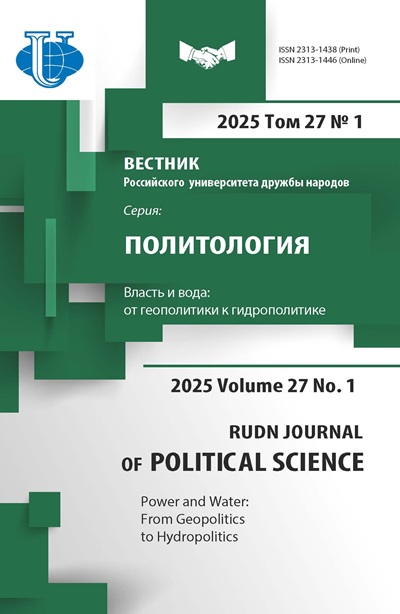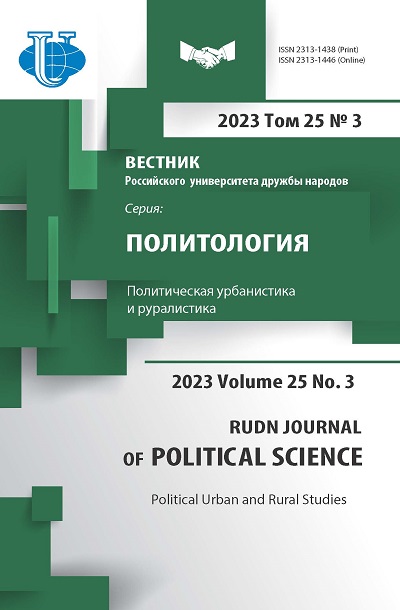Abstract
The development of rural areas of the Krasnodar region has to be studied within the framework of the spatial development policies implemented at the federal and regional levels and the features of social and demographic processes in the rural population of the region. The author concludes about significant structural changes in the composition of the rural population of the Kuban, which, due to the inertia of demographic processes, are not yet so noticeable today, but in the future may become irreversible. The author also notes that the development of rural areas in the region, in the presence of several general trends, is characterized by heterogeneity, which requires the development and implementation of spatial development programs considering the characteristics of specific rural areas. In addition, it should be considered that the models used in the implementation of rural development policies should consider not so much the economic component of the village (sectoral model), but focus on the development, first of all, of human capital in the unique conditions of a particular territory (neo-endogenous and territorial models).
















